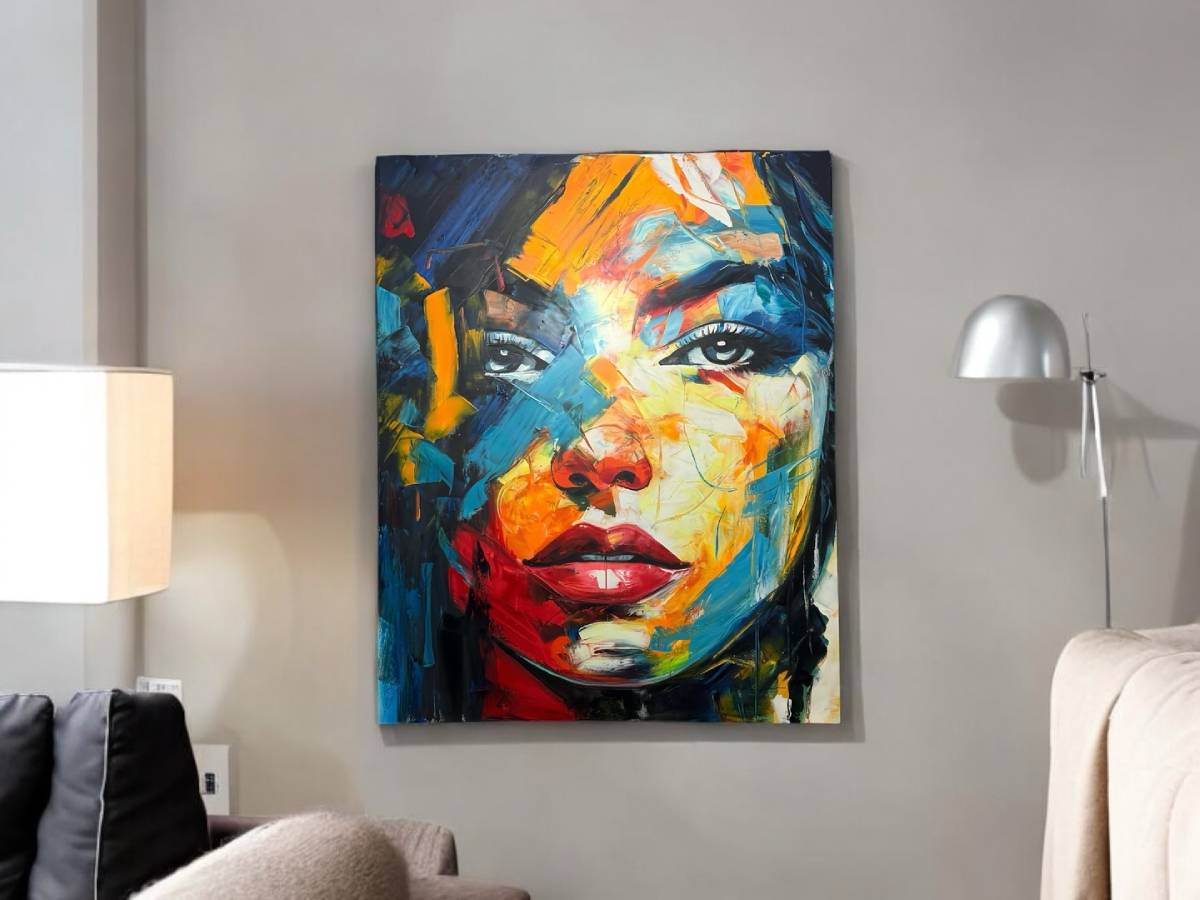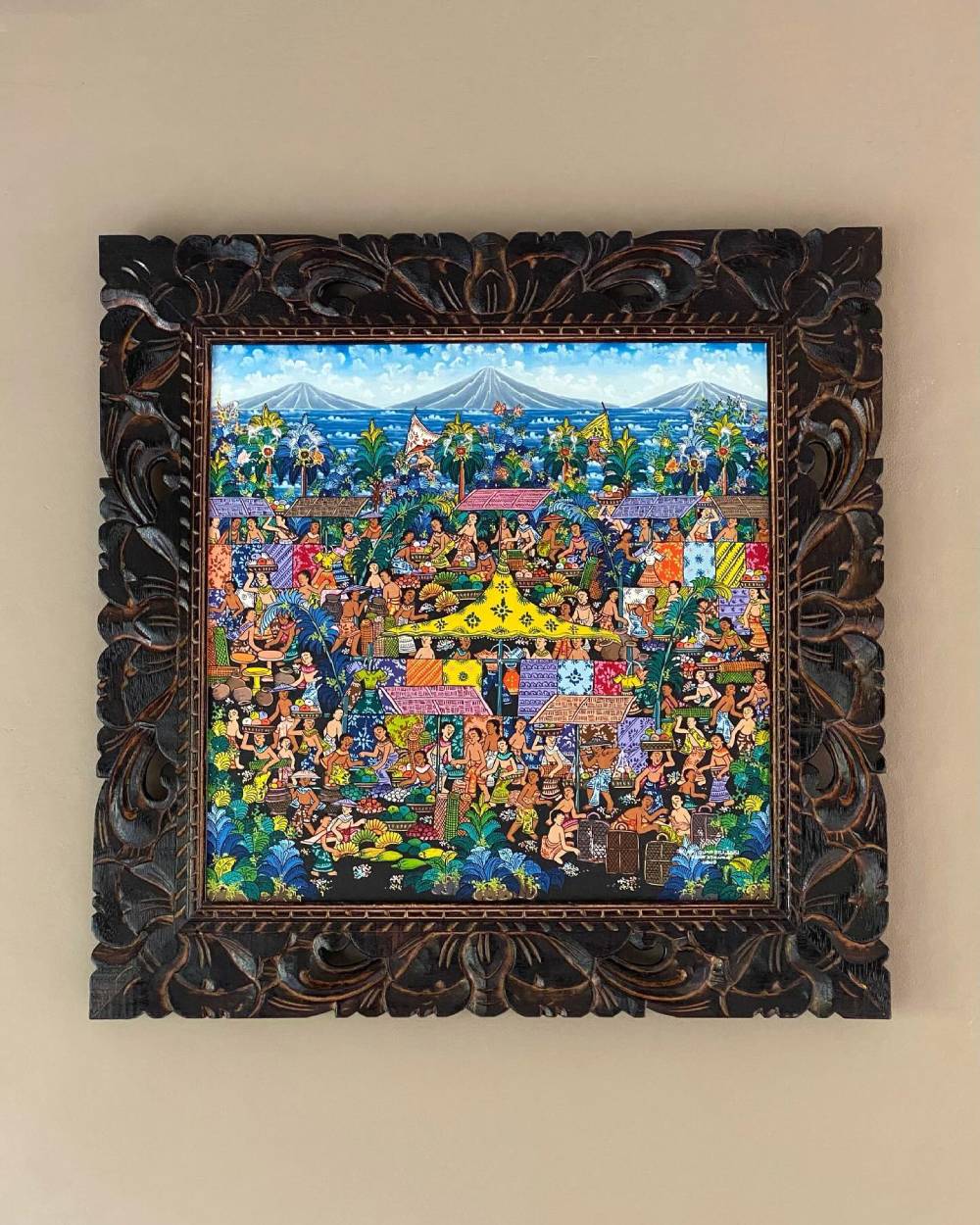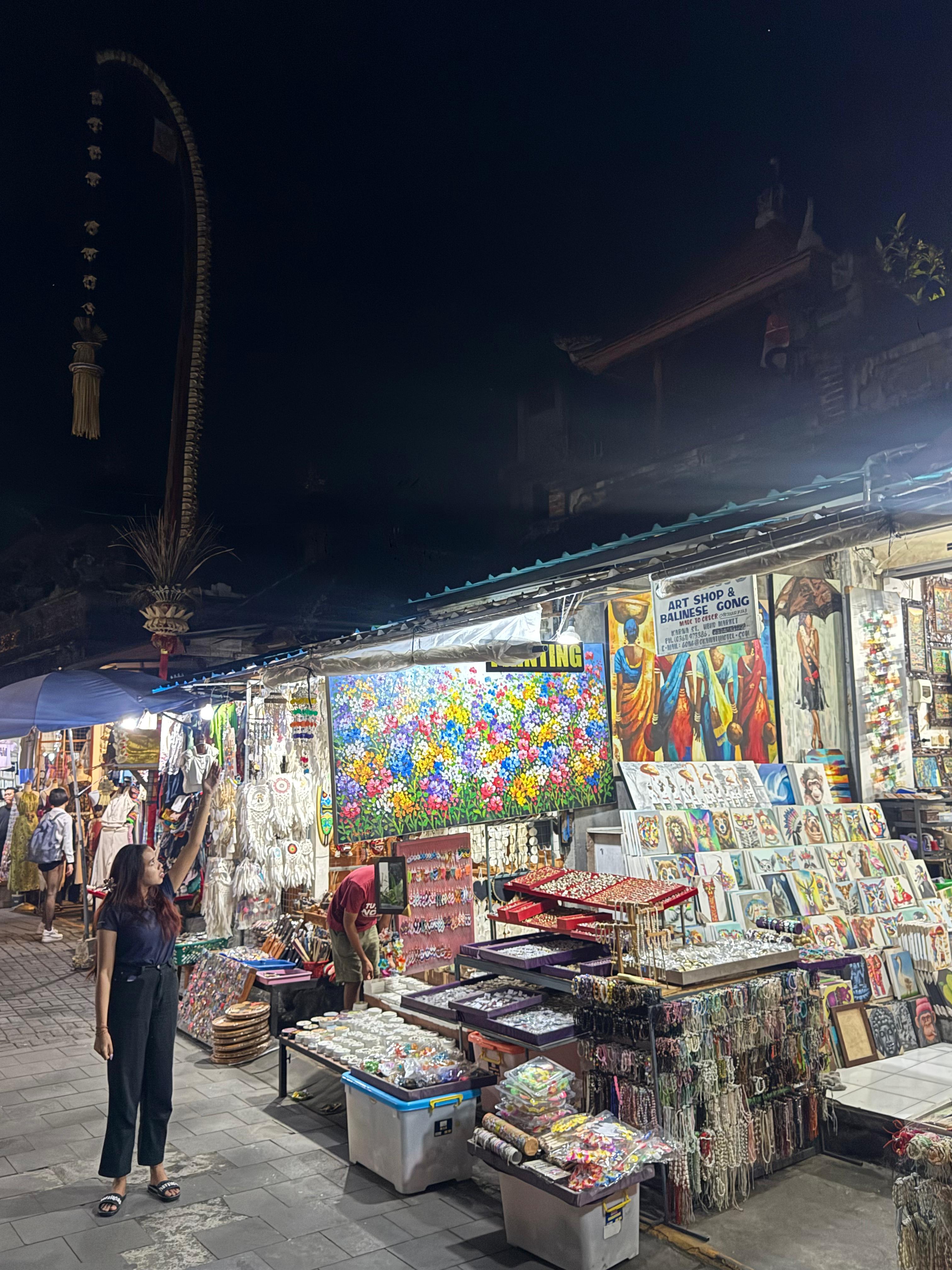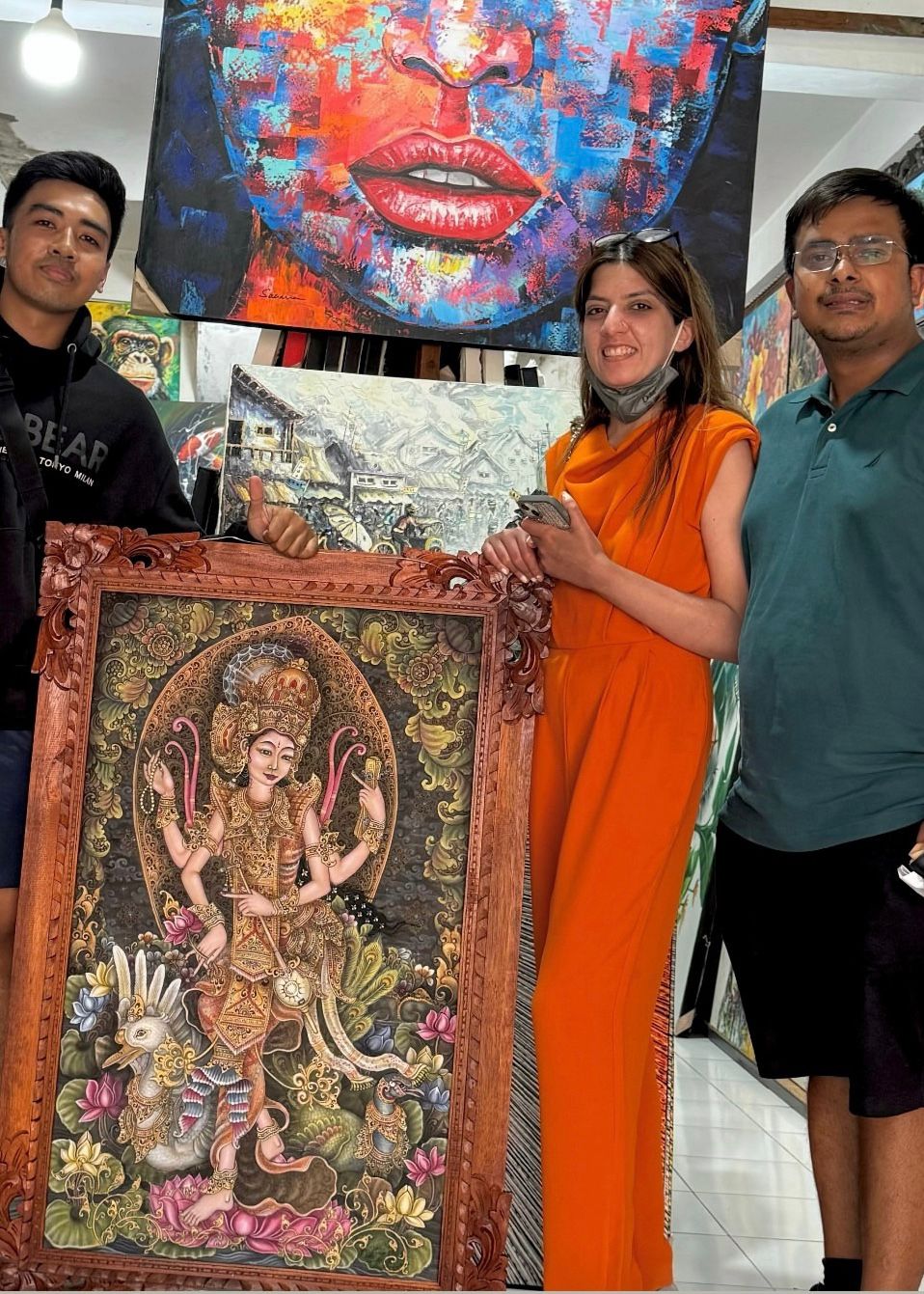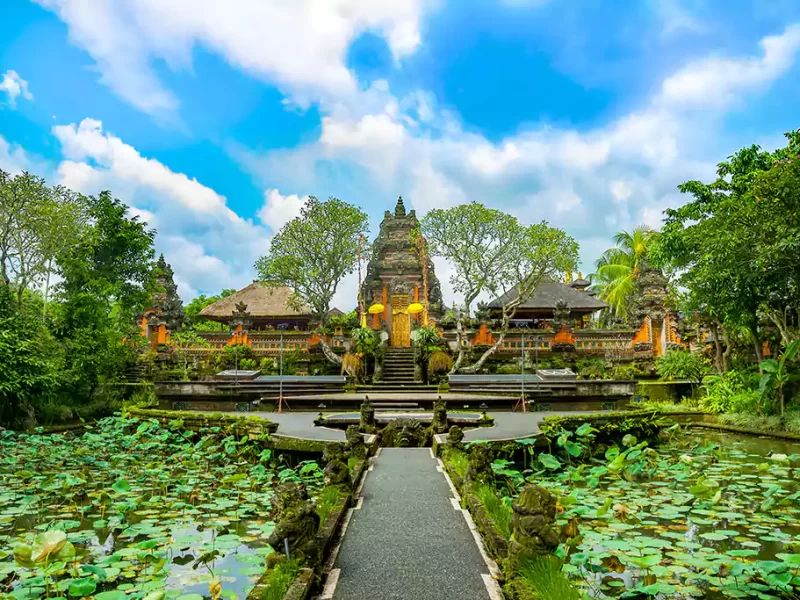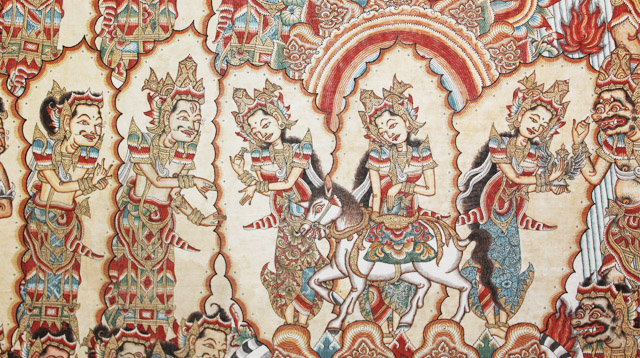If you’ve ever walked through an art market or gallery in Ubud, you may have noticed that Balinese paintings come in various styles, colors, and themes. But what exactly is the difference between traditional and modern Balinese paintings?
Let’s take a closer look, and help you decide which style might suit your home, your personality, or even your travel memory best.
1. Origins and Purpose
Traditional Balinese Paintings
Rooted in Hindu mythology and temple rituals, traditional paintings were not originally created for commercial purposes. They were spiritual tools, used to decorate temples, tell sacred stories, and preserve ancient philosophies. The artists followed strict symbolic rules and passed their techniques from generation to generation.
Modern Balinese Paintings
In the early 20th century, Balinese painters began experimenting with new techniques, colors, and themes, especially after meeting foreign artists like Walter Spies and Arie Smit. This gave birth to a wave of modern Balinese art that is more expressive, individualistic, and market-friendly. These paintings often reflect personal emotions, daily life, and global influences.
2. Visual Style and Composition
Traditional Style:
- Highly detailed and structured
- Earthy tones (brown, gold, red, black)
- Flat, two-dimensional figures
- Repetitive patterns and ornate borders
- Depict mythological scenes, ceremonies, demons, and gods
Modern Style:
- Freer composition
- Bright, bold colors
- Three-dimensional elements and perspective
- Experimental textures and brush techniques
- Subjects include people, nature, urban life, and abstract ideas
In short: Traditional paintings feel like sacred manuscripts. Modern ones feel like personal expressions.
3. Symbolism and Storytelling
Traditional Balinese paintings are rich in symbolism. Every hand gesture, color, and layout holds a specific meaning. The stories are often taken from the Ramayana, Mahabharata, or local legends. They're painted to educate and elevate spiritually.
Modern Balinese paintings focus more on emotion and experience. While many still reflect Balinese culture, the stories may be more open to interpretation. You'll find paintings that explore modern life, environmental themes, or even social commentary.
4. Artistic Freedom
Traditional artists are trained to follow precise rules, it's about honoring the collective spirit and culture.
Modern artists, however, are encouraged to explore their individual style, blending traditional motifs with personal creativity.
This freedom results in paintings that range from playful and vibrant to abstract and contemplative.
5. Which One Should You Choose?
Choose a traditional Balinese painting if you:
- Love mythology and sacred art
- Want a piece that reflects the spiritual heritage of Bali
- Enjoy classic, detailed visuals
Choose a modern Balinese painting if you:
- Prefer expressive, colorful, or minimalist art
- Want a piece that matches a modern interior
- Enjoy supporting new-generation artists with bold ideas
Find Both Styles at Okawati Art Shop
At Okawati Art Shop, we celebrate the diversity of Balinese painting by offering both authentic traditional works and modern creations from local artists. Whether you're looking for a piece that tells an ancient story or something contemporary that captures your Bali experience, our collection is curated with love, knowledge, and cultural care.
Our team will happily explain the meaning behind each painting, the technique used, and even the artist's story. We also offer international shipping and custom framing so you can bring Bali home, safely and beautifully.

